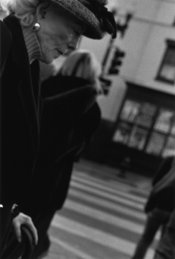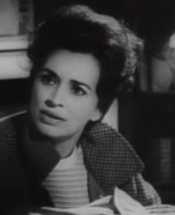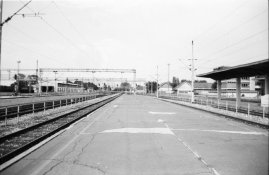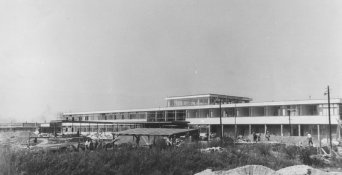Between the still from La Jetée and your shot, you will notice a few important things. First is that the shot has a full tonal range, whereas yours has a limited one. Second is that the grain is more pronounced, yours is smoother. Finally, and most importantly, the gradations of La Jetée are harsher and have way less detail. There is also a little bit of dodging on the eye in the shadow.
For the so-called "look," it's really about the film/processing. That's the kind of stuff AA recoiled in horror from and called soot-and-chalk while crossing himself with his spot meter. 35mm films for a long time really looked as if they only had four tones: black, white, and two greys. I think in digital we could call that effect "posterization" to a certain extent.
I've even seen prints by Gisèle Freund made from medium format negatives from the 1930s that had that look! No wonder the Straight photo pictorialists always insisted that the view camera negative was the only one that could guarantee proper tonality. And by view camera I mean 8x10 ! Berenice Abbott's portrait of Joyce was taken with a 3x4 glass plate, and it has very limited tonality.
I've also noticed that bad prints of B&W movies display in an exaggerated form "the look." Here's a shot from the copy of "Night of the Living Dead" that's available freely from the Internet Archive. I've seen a restored version, and this copy is a really bad one. All the midtones are almost gone. The contours are unsharp, and sometimes have almost halos. But that's from the bad printing.
But even with a low-tech film and a flarey lens, I'm not sure you will achieve the look. Here's a portrait from my gallery: (there was a url link here which no longer exists)
It was taken with Efke KB100 developed in XTOL, and the lens is a pre-war Contax Zeiss Triotar 85mm, uncoated. I have a pretty good amount of midtones, way more than the still from La Jetée. The technology used to take it was available to Chris Marker then (except XTOL, but D-76 would have given similar results).
Probably by enlarging a lot a small portion of the negative one can reduce tonal gradations enough. But I fear the film technology has already advanced too far.
















